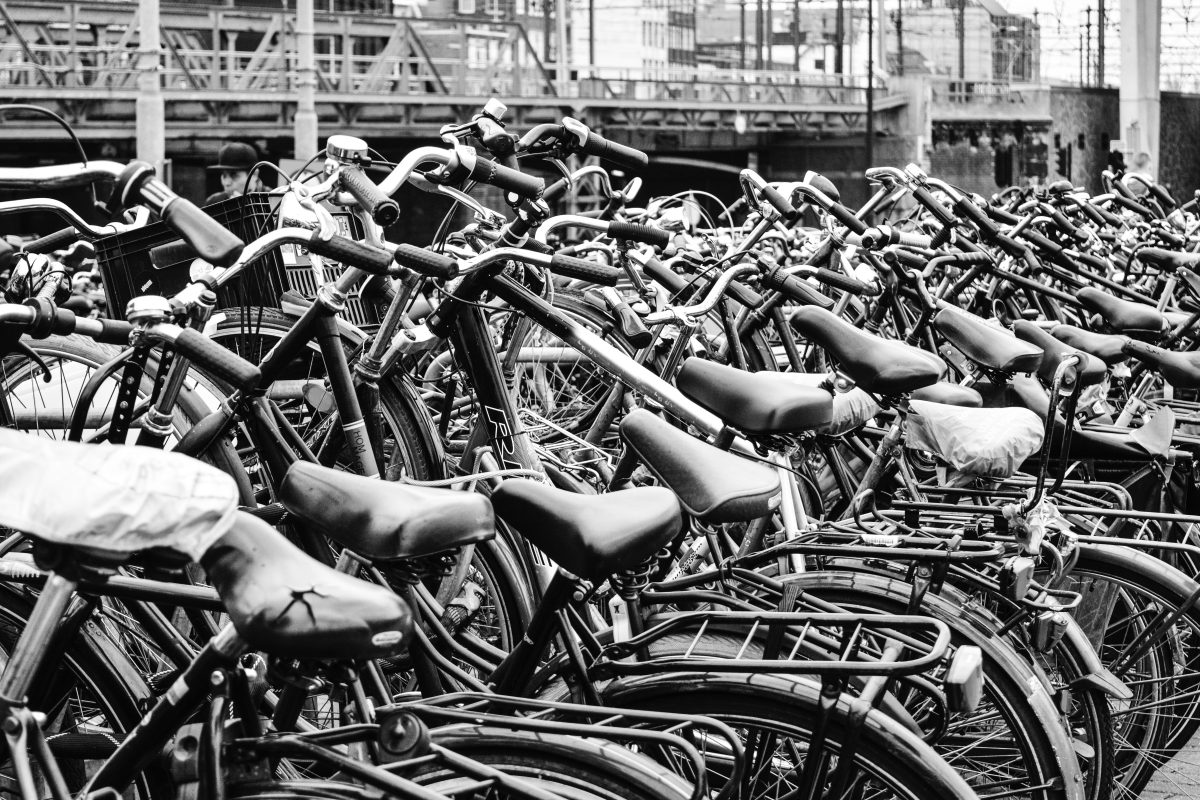There are now over 1.3 billion cars on the roads. There were 130 million in 1960.
With ¼ of all adults classified as inactive, doing less than 30 minutes of exercise a week: a side effect of the car’s success has been deterioration in our health.
Policy is now changing.
NICE (National Institute for Health and Care Excellence) has issued guidance that pedestrians, and cyclists be given the highest priority when developing and maintaining our streets.
They suggest 4 ways of doing it:
- reallocating space away from cars
- restricting access for cars
- charging cars
- reducing speeds of cars
Just this week, Londoners were asked to reduce their dependency on cars, with a series of policies laid out in the Transport Strategy and Cardiff is considering a congestion charge.
With 130 cities in Europe failing to meet pollution targets, the map of Europe is becoming increasingly restrictive to cars.
Before the car we relied on horses, trains and bikes.
The UK government has set a target to double cycling rates in the UK by 2025. Already in Central London cycling has the highest modal share at rush hour and it is still growing strongly.
Crossrail (Elizabethan Line) is the biggest infrastructure project in Europe at £15bn, but will be dwarfed if HS2 goes ahead at £55bn.
The future looks a lot like the past, just without the horses.
